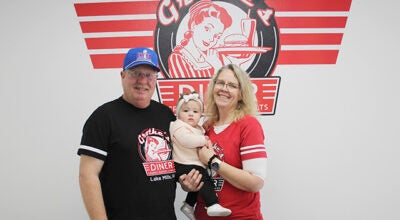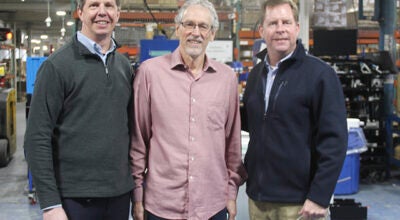In good times, Minnesota shifts focus to training workers
Published 10:00 am Friday, March 13, 2015
By Tom Scheck, Minnesota Public Radio News
As the state’s economy recovers from the economic downturn of the past six years, Gov. Mark Dayton, the Legislature and business leaders are shifting their focus from creating jobs to helping workers.
Lawmakers and business owners are focusing a lot of time and attention on people like Duwan Jackson, a 36-year-old Hopkins resident who worked a part-time job for more than a decade. After spending a year in a job-training program called Twin Cities RISE!, Jackson is ready to start a full-time job at Sunrise Banks as a bank teller.
“I was a part-timer at Pizza Hut, and I thought I was stuck there,” Jackson said. “Through the training and support that I got through from everybody at TCR, I realized my true potential.”
State policy leaders want more people to follow in Jackson’s footsteps. Minnesota’s economic future, they say, depends on it.
The state’s low unemployment rate of 3.7 percent means most skilled workers have already been hired. With members of the Baby Boom generation retiring in coming years, Minnesota will face an increasing demand for workers, State Economist Laura Kalambokidis said.
“The slower labor force growth going forward means that we need all of the workers we can to be in the game,” Kalambokidis said. “So it’s in the interest, of course, of individual employers to think about that. The employers who are going to thrive under those conditions are the ones who can attract, train and retain the workers that we have.”
Warnings about Minnesota’s looming labor shortage aren’t new. But the recession was so deep and long that Dayton and lawmakers were worried about a shortage of jobs, not workers.
Now that most employers are adding jobs, state lawmakers and the governor are focusing on a host of ideas and programs designed to ensure that Minnesotans are ready to work.
One of those initiatives is Anoka Technical College’s welding program, where many students work daytime jobs and take courses at night.
“It’s a grueling schedule for them but it’s all in the hopes of getting a better paying job,” said Lisa Glendower, the school’s welding lab assistant.
Glendower said nearly all of her students will have a job once they finish school. She said businesses started calling in the fall, looking for welders.
“They’re not looking for just one or two,” she said. “They’re looking for 10 to 20, and where are they going to find them?”
In light of the demand, Anoka Tech has ramped up its partnership with area businesses. It also is training high school students.
While there’s a lot of talk about workforce development at the state Capitol, there’s disagreement over the best approach. Some, like Dayton, argue the state needs to invest in early childhood education to ensure students are ready to learn. Others say the state should focus on older workers.
It’s unlikely there’s enough money for a broad approach. But that hasn’t stopped the proposals.
State Rep. Bob Gunther, R-Fairmont, said Minnesota has to ensure its workers are the best educated in the country.
“That’s one of the best things we can do to get industry and businesses to come to Minnesota,” Gunther said. “We have to compete somewhere — and we’ve always been very high on brainiacs.”
Over the next two months, Dayton and the Legislature will have to decide which programs they think will work best and how much the state should spend on them.
Former State Economist Tom Stinson, who in 1998 started warning about a labor shortage, said in the long term early childhood education is a wise investment because it will ensure students are ready to start school.
But Stinson said Minnesota’s immediate focus should be on helping high school graduates and high school dropouts train for good jobs.
“There are plenty of worthwhile programs, program changes in the adult basic education area, in the technical training area that would have pretty substantial benefits and pretty substantial payoffs,” he said.
Minnesota Public Radio News can be heard in Albert Lea on 90.1 FM or online at MPRnews.org.




